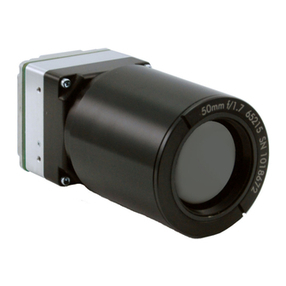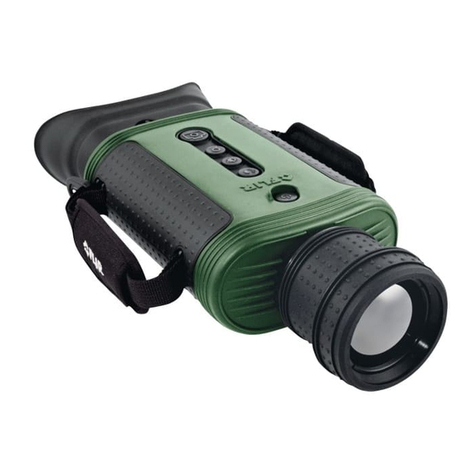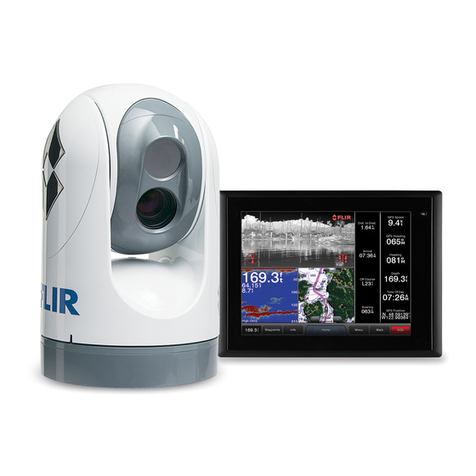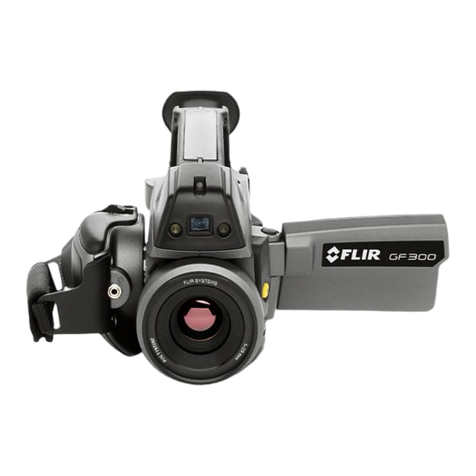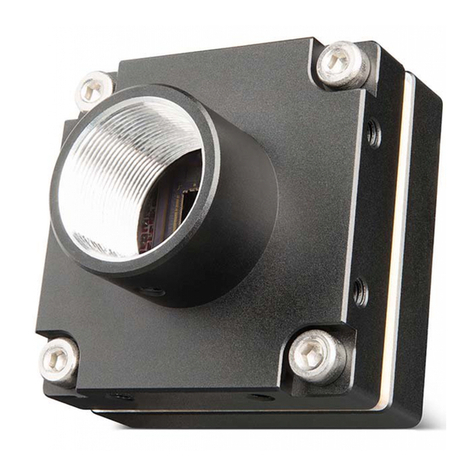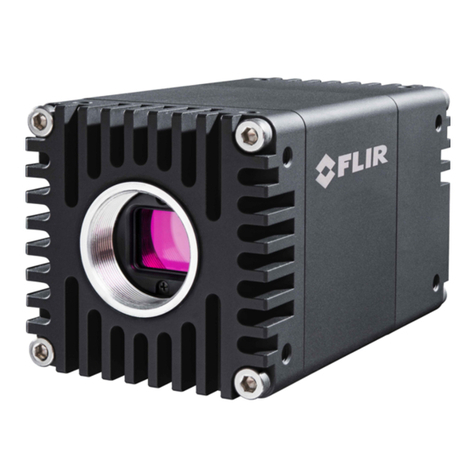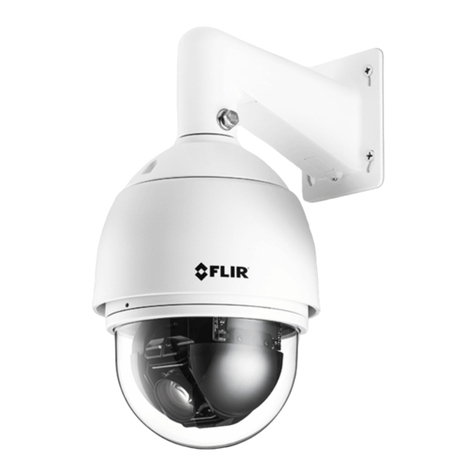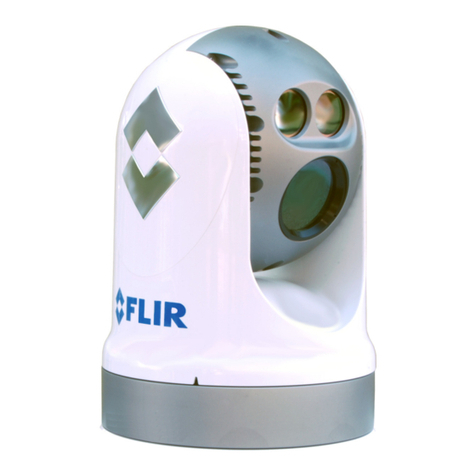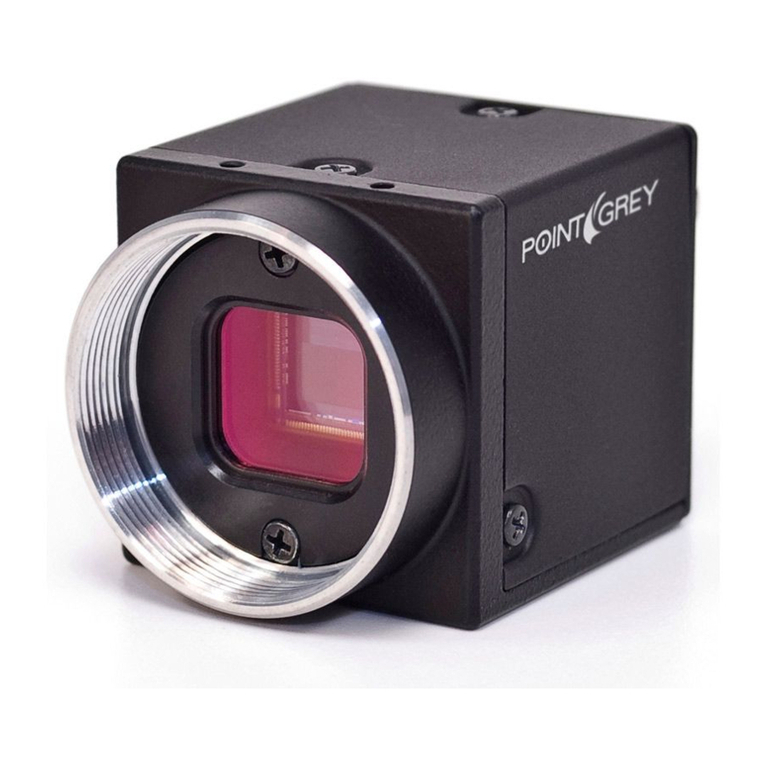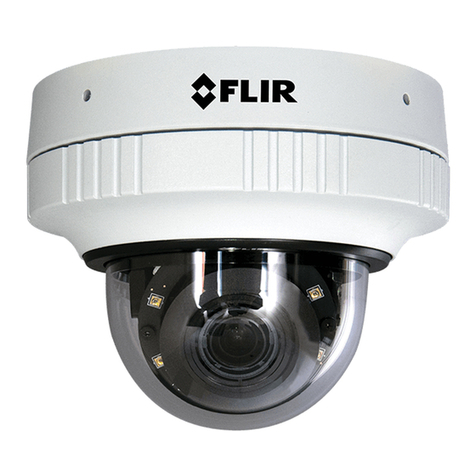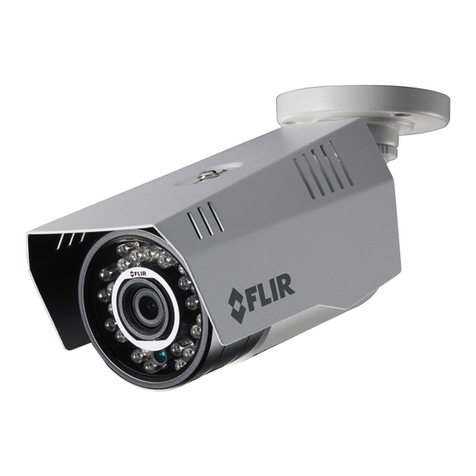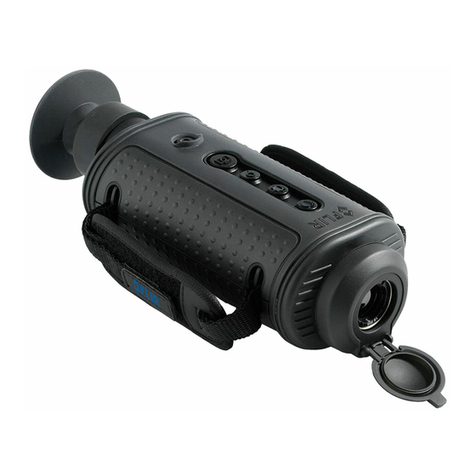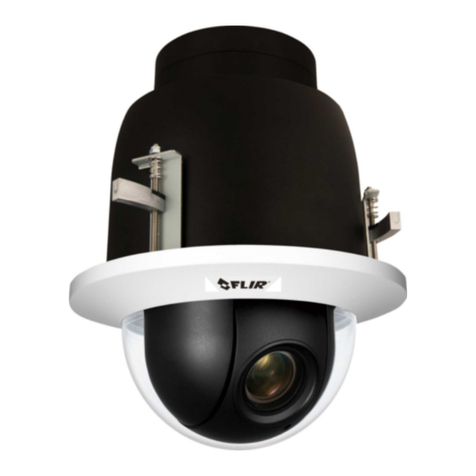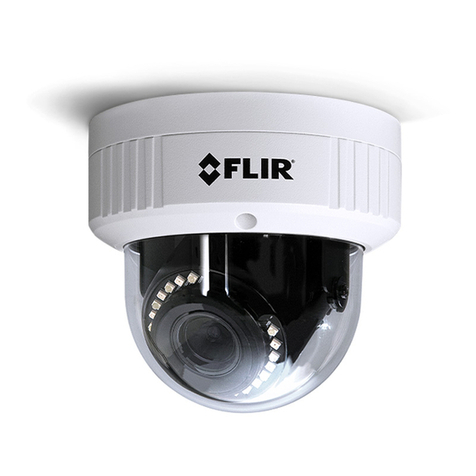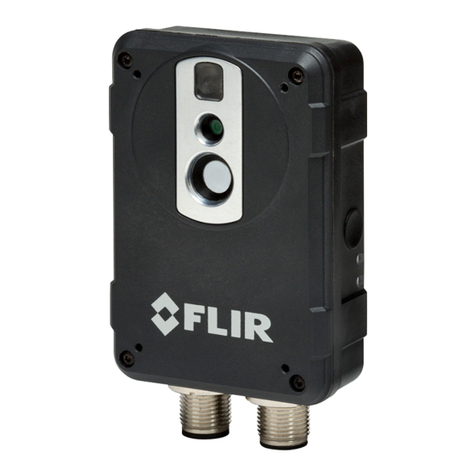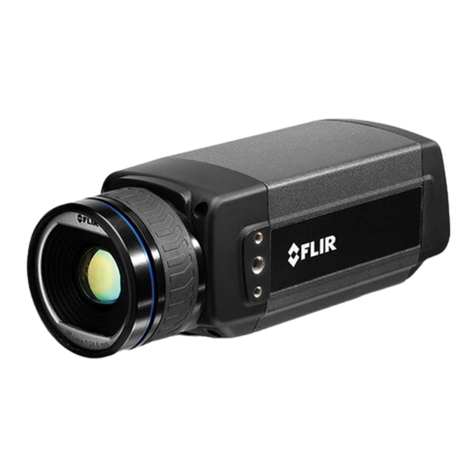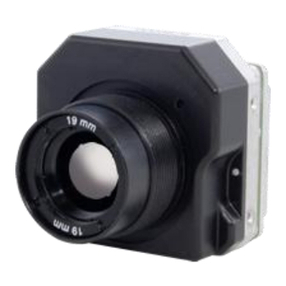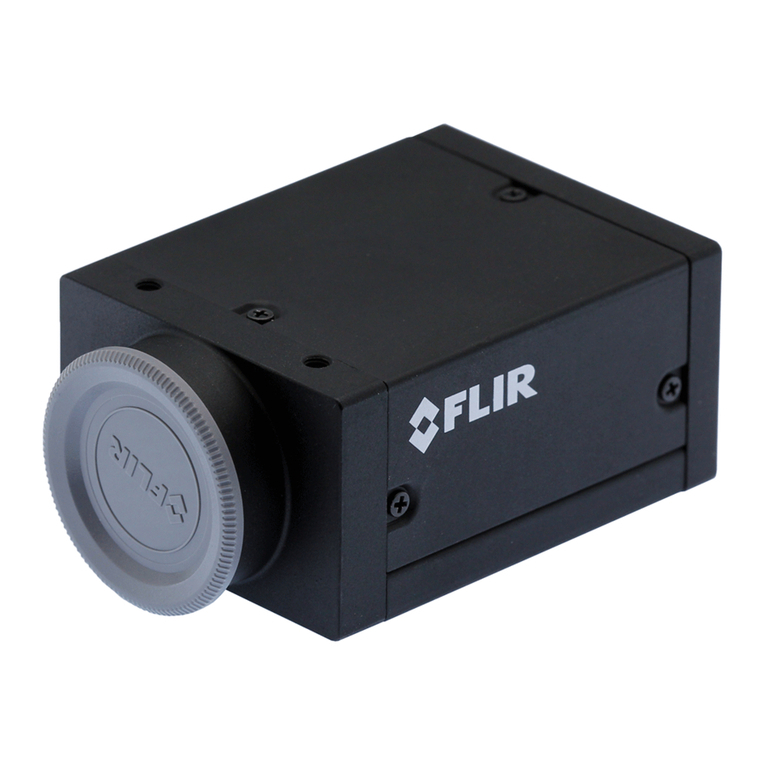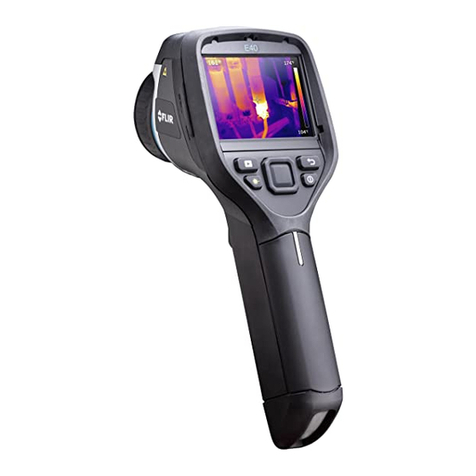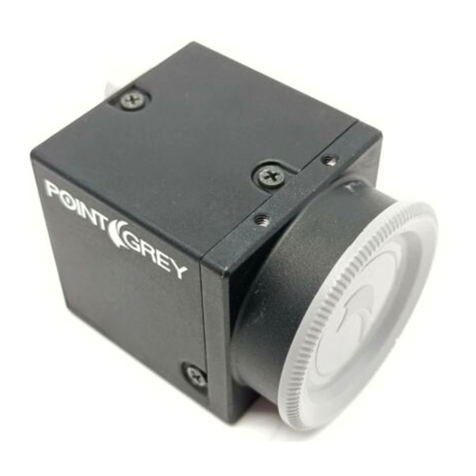
1—Introduction Tau User’s Manual
1-2 April 2009 TAU-0035-00-10, version 100
1.1 Tau Specifications
• 320 (H) x 256 (V) or 160 (H) x 120 (V) uncooled microbolometer sensor array,
25 x 25 micron pixels
• Spectral band: 7.5 - 13.5μm
• NEdT Performance: < 50mK at f/1.01
• Input voltage range: 4.0 – 6.0 VDC
• Power Consumption: < 1.0 Watts (nominal at room temperature using 5V input)
• Time to image: ~ 2 seconds
• Operating Temperature Range: -40°C to +80°C
• Weight: 70 grams with either the 5, 9, 13, or 19mm lens option
Note
• Analog video output:
NTSC (320x240) 30Hz (slow video output rate (7.5Hz) is available for exportability)
or
PAL (320x256) 25Hz (slow video output rate (8.3Hz) is available for exportability)
Note
• Digital video output: 8- or 14-bit serial LVDS, CMOS, BT 656
• Remote camera control RS-232 interface: FLIR Camera Controller software
available for free download at www.corebyindigo.com/service/
softwareupdates.cfm)
• 2X Digital Zoom with electronic pan/tilt
• Dynamic Digital Detail Enhancement (DDE)
Note: These specifications are subject to change without notice.
The latest information concerning specifications, accessories, camera configurations, and
other information can be found in the Tau Thermal Imaging Camera Core Data Sheet at:
http://www.corebyindigo.com/products/uncooledcores.cfm.
1. NEdT at the camera output measured with FLIR's proprietary noise reduction applied in the as-
shipped configuration. Typical performance is approximately 35mK with f/1.0 optics.
The Tau camera is an export controlled item. In order to increase the Camera’s
exportability, a ‘Slow Video’ version of Tau is available. The frame rate is reduced to
approximately 9 Hz. This change allows Tau to be exported without US export license to
most countries. Please contact FLIR Inc. for additional information.
The NTSC analog video format is the default in all cameras. The FLIR Camera Controller
software allows you to select between NTSC or PAL video output formats and save this
setting.
